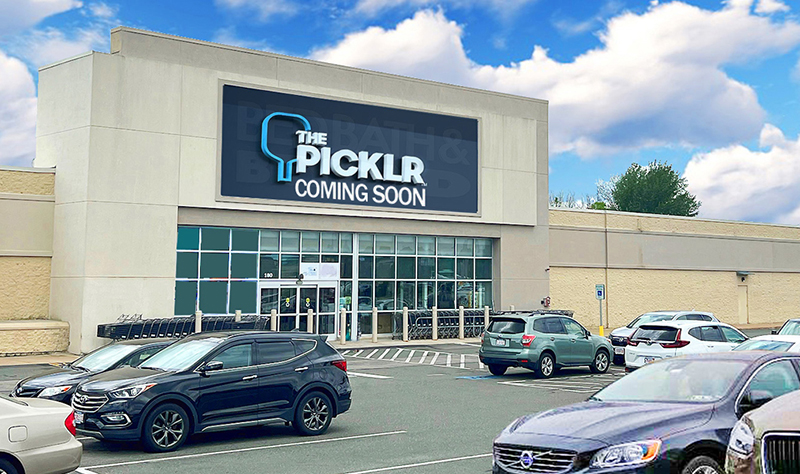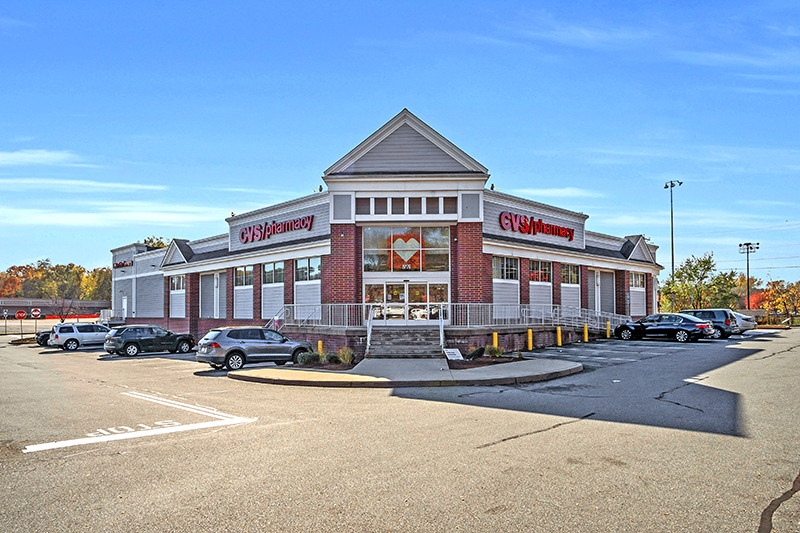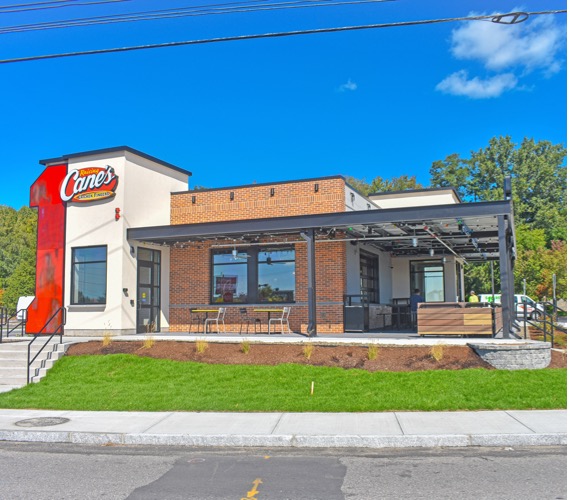News: Retail
Posted: August 22, 2013
Urban retail is the new...urban retail - Making a positive brand statement
Long before there was a suburban landscape dotted with malls, prior to the invasion of the Big Boxes, before we frequented lifestyle centers to recapture the experiential element of shopping, before outlet centers, and decades prior to a website, there was downtown. An authentic Main St. with shops, food, benches and perhaps a fountain. And people - lots of people.
Developers' attempts to re-create this experience in the "burbs" have fallen short. Nothing beats the vibrant, interconnected experience of shopping amidst an eclectic mix of dining options, gathering places, name-brand soft goods and entertainment venues. Downtown is still the purest form of a lifestyle center.
As an active broker of urban retail properties for 25+ years, I see that we have come full circle: people are migrating back to cities to live, not just work, and retailers want to be where the people are. Thus, with reduced vacancy and rising rents, urban retail has commanded the lowest cap rates of the retail sector. In the most desirable downtown shopping zones cap rates have nearly eclipsed residential. Reportedly, High Street Retail across eight major cities showed average cap rates ranging from 4.05% to 5.5%.
For many retailers, it is necessary to be in these densely populated urban cores to make a positive brand statement. In the competitive retail world, it is detrimental to their brand to be absent from a "hot" submarket.
Retailers invest heavily in branding. Façades, layouts, lights and logos promote an inspirational message of aspiration that cannot be accommodated in suburban centers where local ordinances urge conformity of storefronts.
Urban retailers also build brand loyalty by making shopping an "experience" - creating a connection between store and consumer. Notice the difference you feel buying a Hershey's chocolate bar at a newsstand compared with the whimsical, aroma-filled, fun-factory sensation of purchasing that same bar in Times Square's Hershey World. Retailers are able to absorb the much higher in-city rents as it is in-part, a form of advertisement.
This shift back to cities has been attributed to changing demographics: the increase in the number of singles and cohabitation, the later age of first marriage, the smaller size of families, as well as the rapidly growing number of healthy and active adults in their later years. Nearly 80% of millenials - the second largest generation the U.S. has seen behind the Baby Boomers - value walkability and mass transit options, strengthening this "stay in the city" trend.
The resulting concentration of shoppers is a merchant's best friend. To support a typical grocery-anchored strip, a good demographic barometer is 50,000 people in 3 miles. Ackman-Ziff's sales team is marketing an urban asset that boasts 1 million people in 3 miles - 20x the typical suburban density. Moreover, many suburban residents spend much of their hours working in urban environments, further skewing demographic benefits to a 24-7 in-city location.
Urban shoppers are often tourists, and many people plan vacations around shopping. Michigan Avenue - Chicago's "Magnificent Mile" has more than 20 hotels (9,600+ rooms). On average, 50% of a travel budget, excluding transportation, is spent on shopping.
Even in today's low interest rate environment, one can squeeze out only a modicum of positive leverage paying 5% cap rates. The upside play in this sector is capturing rising rental rates. City shopping cores tend to be supply constrained, unlike suburban markets, where desirable retail nodes are, over-time, surpassed as the path of growth is extended. South Beach's Lincoln Rd., a sizzling stretch of 9 blocks ending at Alton St. and bounded to the east by the ocean, has seen rents rise from $100 per s/f to nearly $300 per s/f in less than three years.
To access these dense urban markets, retailers have learned to adapt. Unfinished ceilings, exposed brick and beams can be incorporated into the retailer's "gritty" image. Home Depot had to reconfigure their Manhattan layout to operate out of three below-grade levels.
Urban retail will retain its luster as the darling of the retail world. It will continue to re-invent itself by finding new ways to connect retailers and customers, building stronger brand loyalty to increase sales and providing a vibrant antidote for the often unfulfilling, necessity-based shopping trip.
Cue music, Petula Clark's 1964 hit:
"Just listen to the music of the traffic in the city. Linger on the sidewalk where the neon signs are pretty.
The lights are much brighter there, you can forget all your troubles, forget all your cares. So go downtown."
David Robinov is managing director, investment sales and Karyn Crosby is a summer associate at Ackman-Ziff Real Estate Group, New York, N.Y.
Tags:
Retail
MORE FROM Retail
Mace of KeyPoint Partners negotiates 36,192 s/f lease for The Picklr at Endicott Square
Danvers, MA KeyPoint Partners (KPP) negotiated a lease with the nation’s premier indoor pickleball venue The Picklr at Endicott Sq. Vice president of retail brokerage Don Mace negotiated the transaction on behalf of the landlord.

Quick Hits




.jpg)


